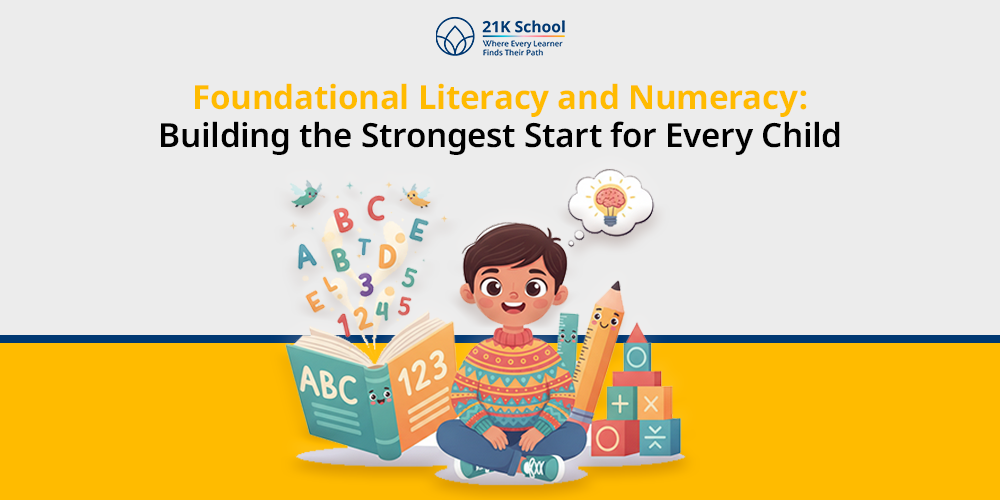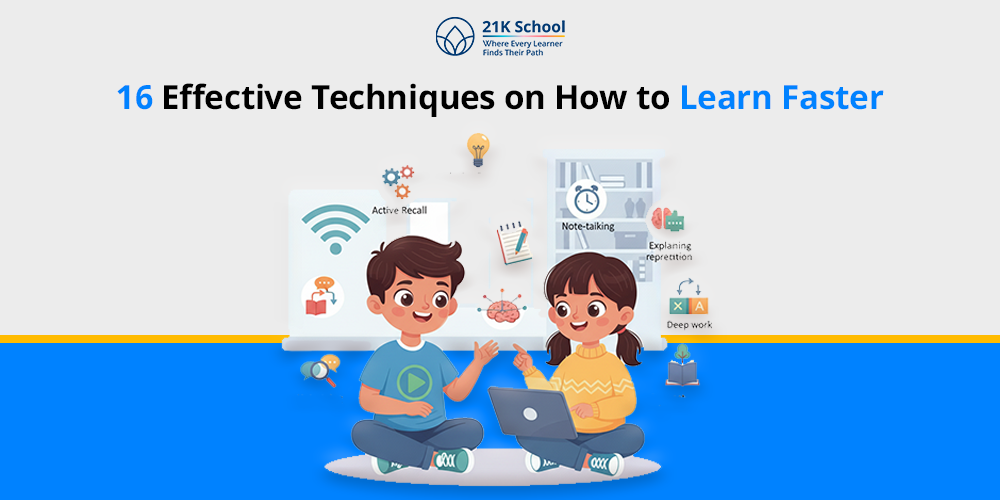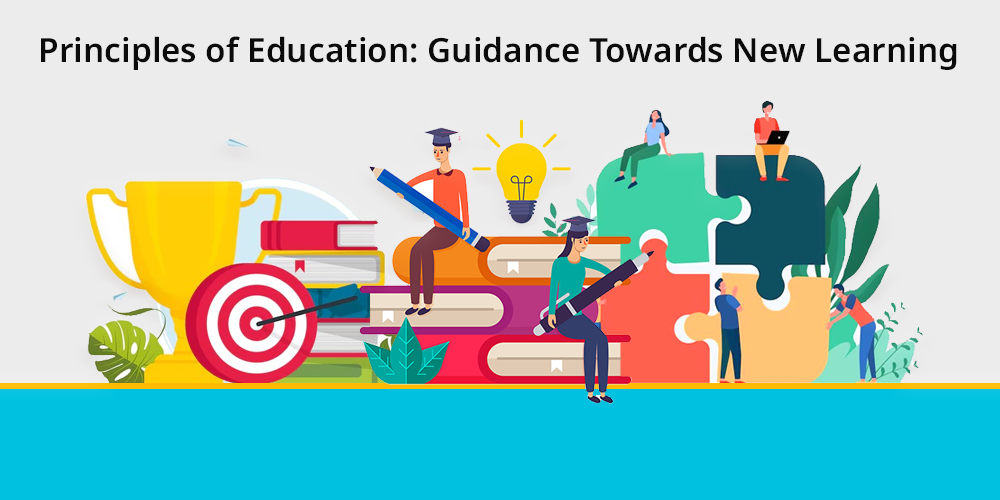
Education means more than learning from books and getting high grades in tests. It fosters human skills, helps people become better, and forms members of the community who make a positive difference.
No matter how education is delivered, it depends on some key core ideas. They form the base for education and help teachers, authorities, and schools develop systems that are effective for all students.
We are going to explore 12 important educational principles that make learning valuable, inclusive, and helpful for all learners.
Contents
- 1 12 Principles of Education For Making an Impact
- 1.1 1. Respecting Individual Differences
- 1.2 2. Active Participation
- 1.3 3. Motivating the Students
- 1.4 4. Hands-on Learning
- 1.5 5. Growth and Development
- 1.6 6. Collaborative Learning
- 1.7 7. Continuity and Lifelong Learning
- 1.8 8. Fundamental Role of Teachers
- 1.9 9. Using Technology in Education
- 1.10 10. A Safe and Positive Learning Environment
- 1.11 11. Inclusivity and Equity
- 1.12 12. Evaluation and Assessment
- 2 In Conclusion
12 Principles of Education For Making an Impact
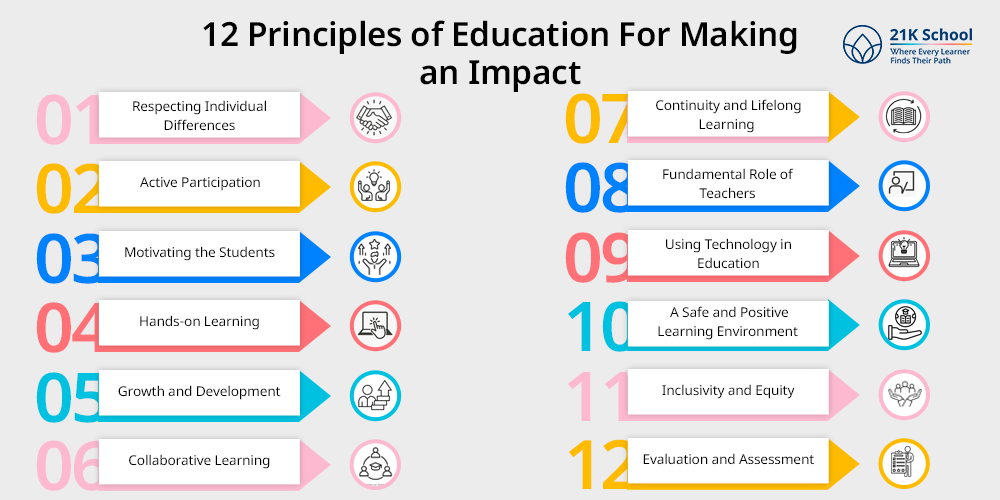
Being a student, a facilitator, or a stakeholder, you need to know the principles of education. These principles act as guidelines to everyone who is a part of the education system, and makes learning ethical.
1. Respecting Individual Differences
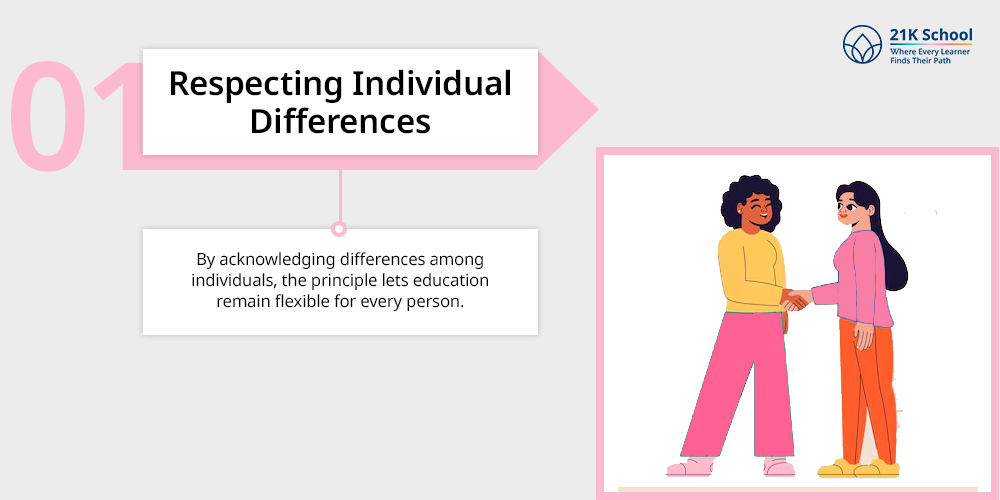
All learners are different from each other. There are differences among students in cognition, their culture, rate of learning, needs for emotional support, and what they like.
By acknowledging differences among individuals, the principle lets education remain flexible for every person. Some kids learn well by seeing things, others by listening or doing certain activities physically.
Noting this enables teachers to adjust instruction and learning plans to suit the needs and skills of every student. Through this, all students are included and feel proud of being themselves.
2. Active Participation
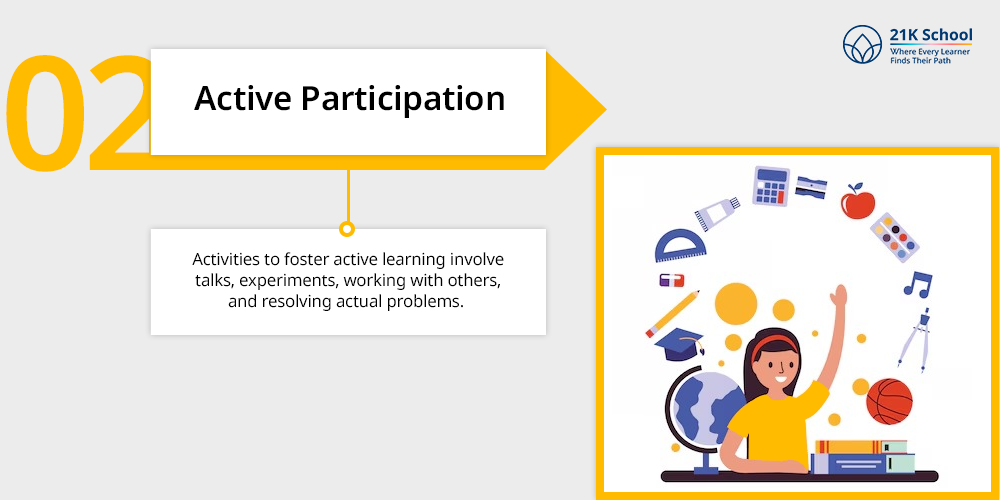
Learners are not limited to getting information that is given to them. Now, learning highlights the role of the learner in directing the process.
Activities to foster active learning involve talks, experiments, working with others, and resolving actual problems. If students are engaged in learning, they grasp the topics better, remember them for a while, and feel more confident.
It helps students become more self-sufficient and inculcate student leadership qualities needed for everyday choices.
3. Motivating the Students
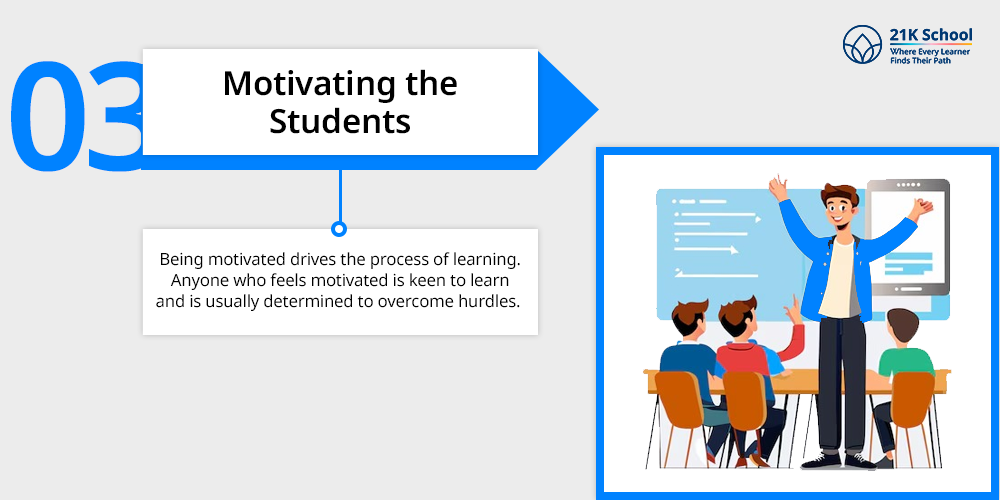
Being motivated drives the process of learning. Anyone who feels motivated is keen to learn and is usually determined to overcome hurdles.
Stimulating the curiosity in students is one of the main tasks for teachers. Lesson plans, encouraging achievable goals, praising students and providing useful feedback, are all ways to reach this goal.
Being motivated while learning helps someone continue educating in the future.
4. Hands-on Learning
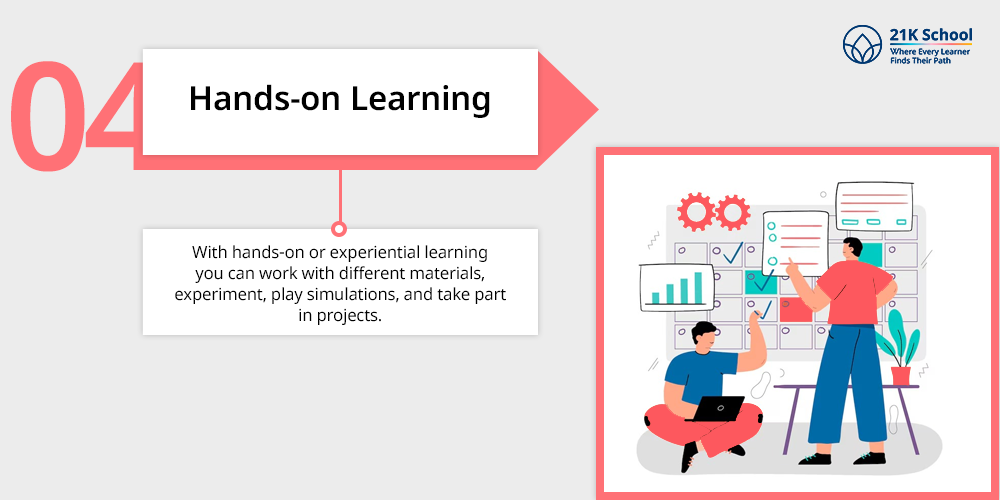
Groups that practice this principle use experience to gain new knowledge, not only by reading. With hands-on or experiential learning you can work with different materials, experiment, play simulations, and take part in projects.
Those students who measure speed by running, learn both the idea and the practice of each skill. They help students to think deeply, invent solutions, and use their knowledge when needed.
5. Growth and Development
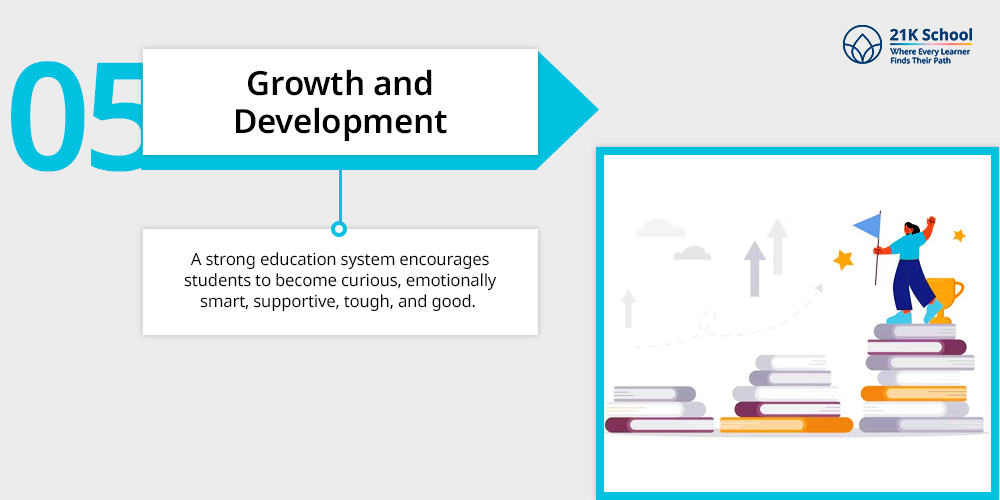
We should focus on the all-round progress of students in education. This means developing the mind, emotions, social life, body, ethical principles, and sometimes the spiritual side too.
A strong education system encourages students to become curious, emotionally smart, supportive, tough, and good. These schools ensure that students have opportunities to explore different talents by offering sports, art, yoga, and moral classes.
6. Collaborative Learning
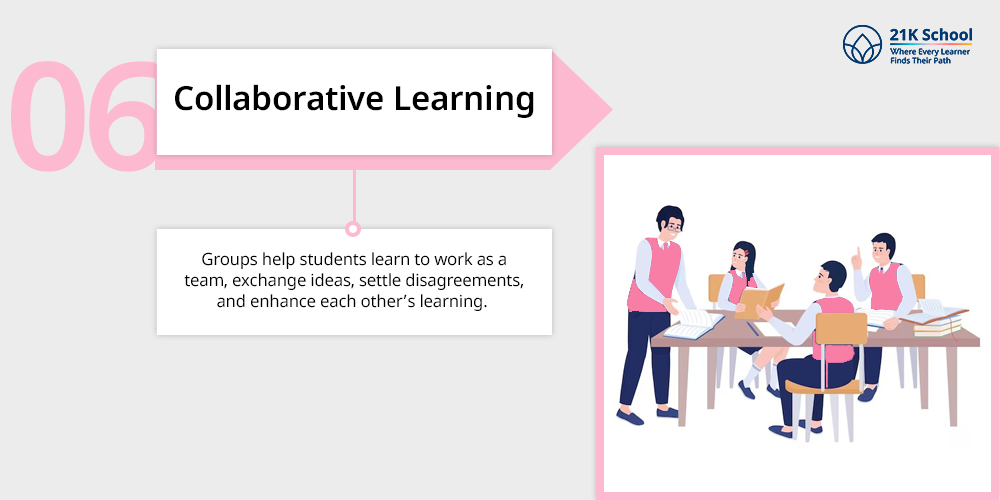
Groups help students learn to work as a team, exchange ideas, settle disagreements, and enhance each other’s learning. There are many types of collaborative learning for example, peer tutoring, talking on group problems, or taking on various roles.
Taking part in teamwork equips students with the communication and teamwork skills needed in the workplace nowadays. For instance, sports can bring people together, support their social life, and help them respect each other.
7. Continuity and Lifelong Learning
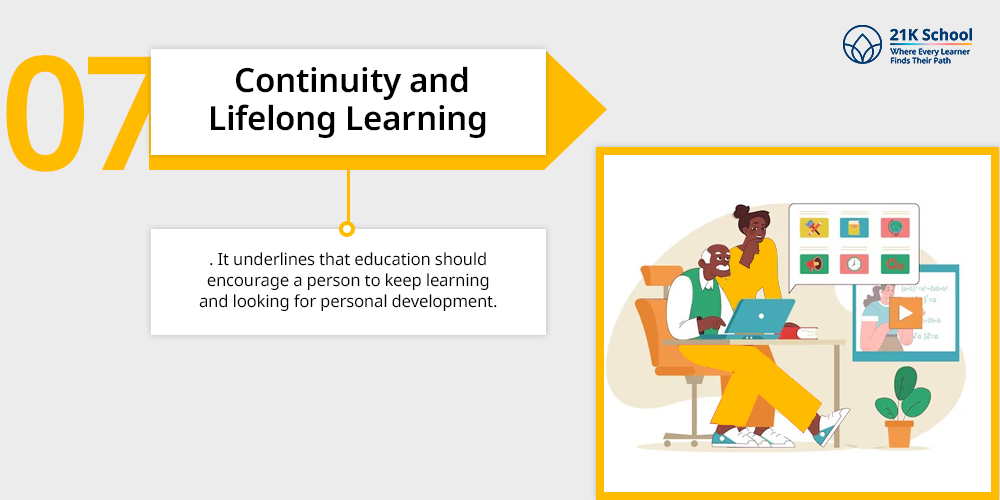
Studying is something we should not give up on, even after reaching the end of our education years. It underlines that education should encourage a person to keep learning and looking for personal development.
Curiosity, critical thinking skills ,adaptability, and the ability to reflect should be taught to students by educators. So they can keep growing as people and in their jobs.
Inviting people to access relevant digital resources, libraries, open courses, and self-learning tasks can assist this aim.
8. Fundamental Role of Teachers
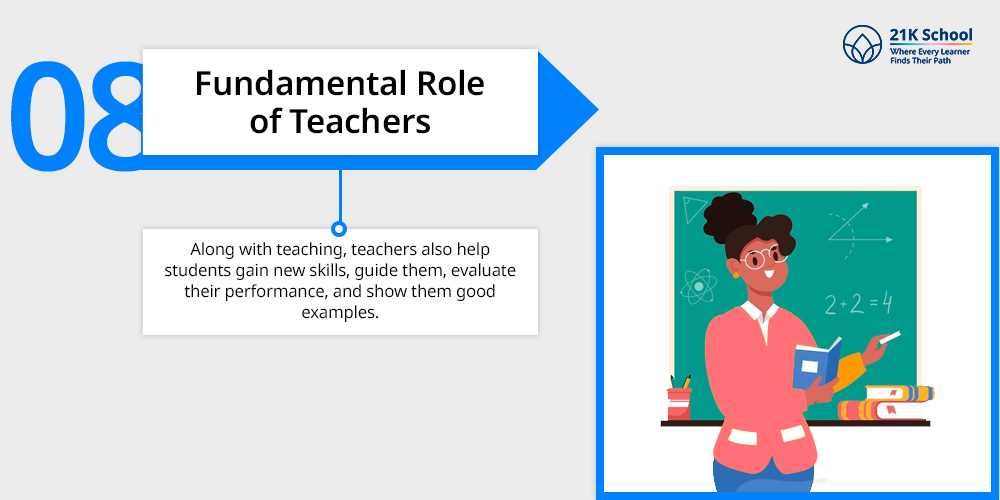
Along with teaching, teachers also help students gain new skills, guide them, evaluate their performance, and show them good examples. An educational system performs well when its teachers have a high level of skill and a good attitude.
If a teacher is both passionate and caring, he or she can inspire students to keep learning throughout life. This principle points out that educators need training, continual progress, and a system that values them and helps them excel.
9. Using Technology in Education

These days, technology must be part of every school because it is necessary. Thanks to technology in education ,learning can be done at home, using online tools and mobile apps.
Students can gain useful insights from virtual simulations, interactive whiteboards, AI tutors, and learning management systems. Technology allows different people from all over the world to learn together.
Yet, we should make sure that using technology is meaningful and not just a decoration. The opportunity to learn should not be harmed by it.
10. A Safe and Positive Learning Environment
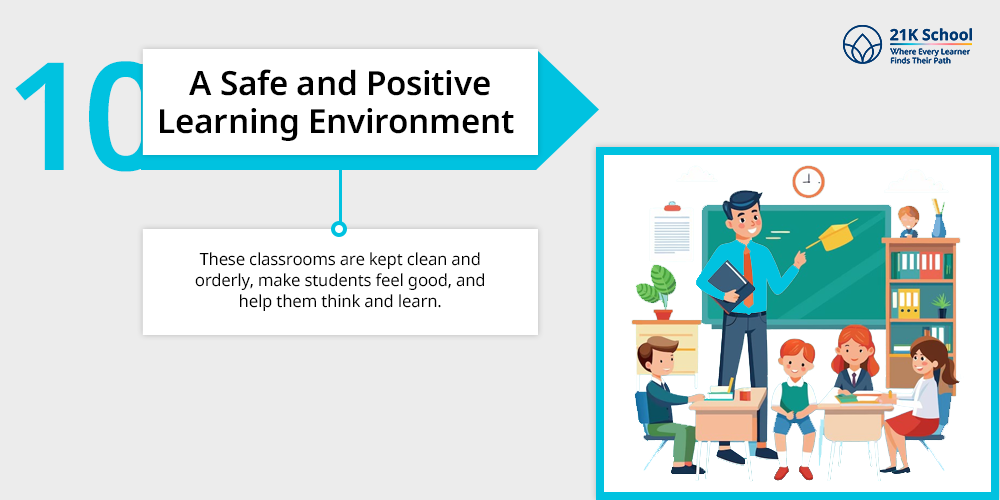
No child can concentrate on their studies if they are not safe, nervous, or have no help from those around them. If there is a positive learning environment ,it leads to respect, comfort, free communication, and inclusion.
These classrooms are kept clean and orderly, make students feel good, and help them think and learn. For the safety and happiness of children, schools need anti-bullying rules, support for mental health, and ways to handle conflicts.
A secure environment allows their brain to open up to new learning, which helps them become eager learners.
11. Inclusivity and Equity
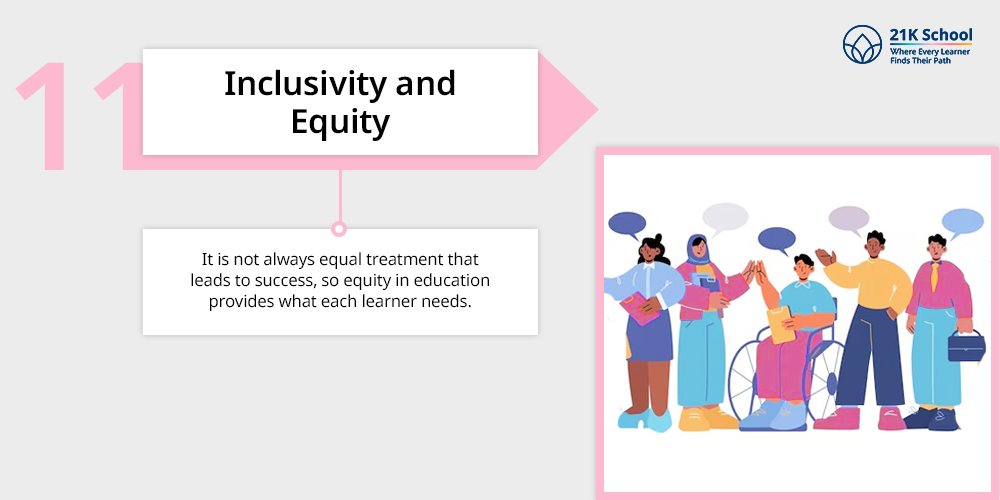
It is not always equal treatment that leads to success, so equity in education provides what each learner needs. Sometimes, students are helped by extra supplies, different teachers, and language support.
Regardless of what students can or cannot do, they are provided with the same quality of education in inclusive classrooms This principle pushes for opening up opportunities and honoring all kinds of diversity inside schools.
When classrooms are inclusive, students learn to care for each other, be fair, and be responsible.
12. Evaluation and Assessment
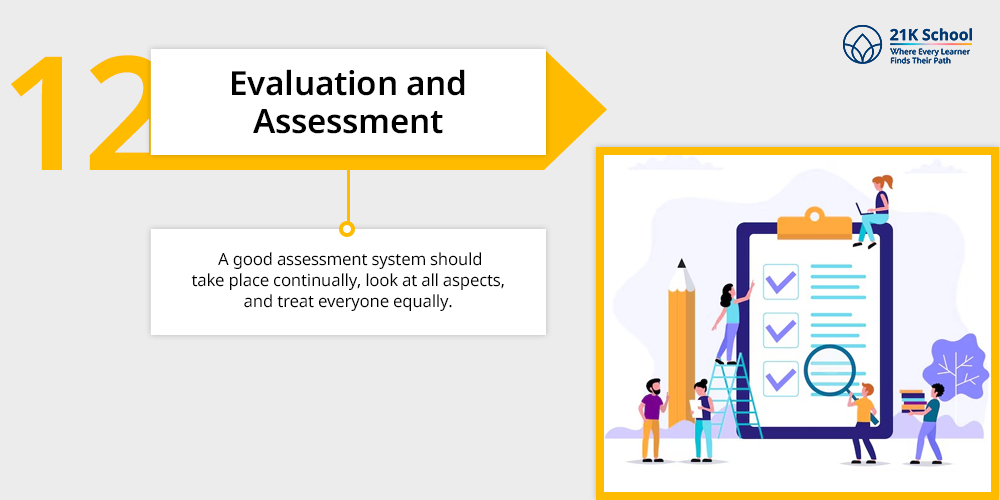
It is not necessary for assessment to simply assign grades. Its purpose should be to observe learners’ growth, strong points, and flaws. A good assessment system should take place continually, look at all aspects, and treat everyone equally.
Different types of tools should be part of it, like quizzes, portfolios, presentations, projects, peer reviews, and journaling. Assessments should be used to shape instructions and support students’ development instead of giving punishments.
Assessing students from time to time allows educators to check their strategies with the feedback students provide.
Read more to understand the difference between evaluation and assessment
In Conclusion
These principles show the way when developing education systems that are effective, kind, and suitable for the future. They make it clear that education includes fostering the mind, emotions, social abilities, and morals of every child.
No matter if you learn, make education policy, or guide students, learning about these principles can change education outcomes. The world becomes better and more caring when teaching is based on respect, new ideas, fairness, and enthusiasm.

